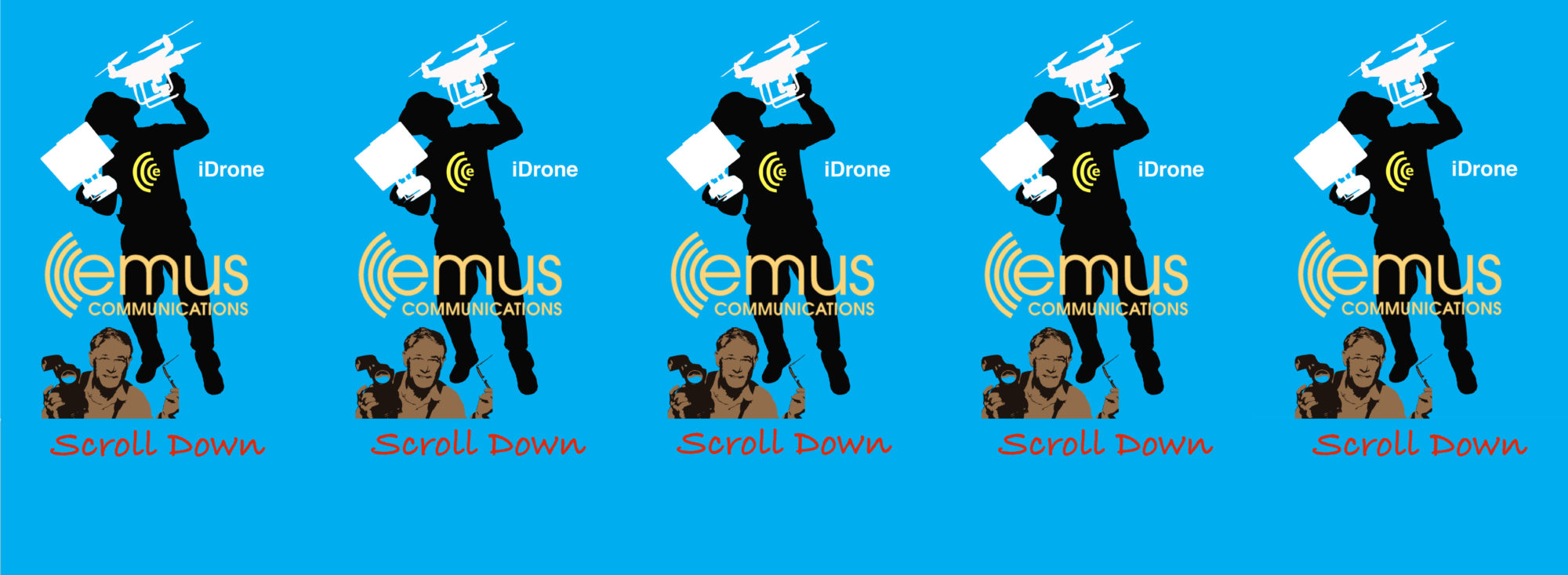Visual Media Creates Meaning
 Campaign videos going viral, businesses posting on YouTube, customers demanding images in content, social video offering mixed-media formats – all point to the power of visuals. Increasingly, we see more that a “picture is worth a thousand words.”
Campaign videos going viral, businesses posting on YouTube, customers demanding images in content, social video offering mixed-media formats – all point to the power of visuals. Increasingly, we see more that a “picture is worth a thousand words.”
Evan Halper reported in the L. A. Times (7/25/18) how a shoestring budget video was key to the jolting win for an upstart in a New York primary. “A lot of things that had never been seen in political ads have made their way into campaign accounts on YouTube, Twitter and Facebook as the midterm election approaches,” noted Halper. “North of Austin, Texas, for example, a tea party Republican considered to have a safe seat suddenly finds himself facing political peril after his opponent, MJ Hegar, an Air Force veteran and first-time candidate, grabbed national attention with the story of her life, compressed into a gripping 3 ½ minute biopic.”
Companies today are spending a fortune on content to attract new customers,” said Robert Johnson, co-founder and CEO of TeamSuport.com. “Businesses that sell primarily to consumers in particular are creating dazzling ads and rich media communications. But some companies that sell to other businesses are also creating videos to post on YouTube, as well as interactive content on their company site.” (https://www.entrepreneur.com/article/315923)
 “It’s official: Planet Earth spends a billion hours on YouTube every day,” points out Erin McCoy of Killer Infographics. “Cisco estimates that 80% of all consumer internet traffic will be video by 2020, but that’s not the only visual communication that customers are demanding — 91% of buyers prefer interactive and visual content over traditional (read: text-based and static) media.
“It’s official: Planet Earth spends a billion hours on YouTube every day,” points out Erin McCoy of Killer Infographics. “Cisco estimates that 80% of all consumer internet traffic will be video by 2020, but that’s not the only visual communication that customers are demanding — 91% of buyers prefer interactive and visual content over traditional (read: text-based and static) media.
“Media is working hard to answer the demand for visual content. The New York Times alone now publishes at least 15 multimedia pieces per day. But many marketers are still trailing far behind when it comes to adopting effective visual communication strategies. (https://www.forbes.com/sites/forbescommunicationscouncil/2017/05/12/visual-communication-is-transforming-marketing-are-you-up-to-speed/#4e26a1586f7c)
“With visual IQ on the rise, even educated people are less willing to spend time reading, and the average person is only likely to remember 20 percent of what they read,” noted Kimberlee Morrison in Adweek. She pointed out that visual networks are experiencing the biggest surge in growth. (https://www.adweek.com/digital/visual-media-webdam-infographic/)
“Written journalism has a strong tradition of storytelling, and it’s not going away,” commented Cory Haik, publisher of Mic. “But the new mixed-media formats in social video offer a rich opportunity to deliver complicated news in compelling ways.
“Studies show that readers quickly scroll right past the words to the video, to the picture, then to the next piece of media, and so on. For the “reader,” in those word-heavy prestige packages, the words actually are an afterthought,” noted Haik. “We’re in the very early stages of an evolution — of the visual revolution. Business models notwithstanding, this is already allowing our stories to travel faster and further than we ever imagined.” (https://www.recode.net/2017/8/7/16106862/pivot-video-digital-revolution-journalism-advertising-visual-media-storytelling-business-model)
“The way your readers retain their information might come as a surprise to you,” said Zach Kitschke, Head of Communications Canva. “Because, well, only 20% of what they read from your text actually sticks. However, if you put that information into an image, suddenly the percentage of information takes a huge leap to 80%.”
“Yes, visuals stick,” he maintained. “Which is one of the reasons why publications spend so long stressing over the type of font they’re going to use.” (https://www.huffingtonpost.com/zach-kitschke/post_9445_b_7456664.html)
